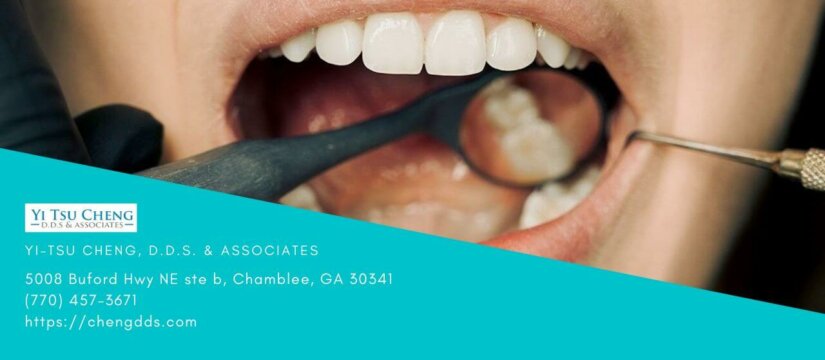
:
Tooth extraction is a common dental procedure that aims to remove a damaged or decayed tooth that can no longer be restored. It is generally a straightforward procedure that can provide relief from pain and discomfort in affected teeth. However, in some cases, tooth extraction can lead to complications and infections, especially when proper aftercare is not followed. One of the most common complications of tooth extraction is infected gums. In this article, we will take a closer look at images of infected gums after tooth extraction, their causes, and treatment options.
Causes of Infected Gums After Tooth Extraction:
Infected gums after tooth extraction can occur due to a variety of reasons. Some of the most common causes include:
1. Poor dental hygiene: Lack of proper oral hygiene can cause bacteria to accumulate in the mouth, leading to infections.
2. Pre-existing health conditions: Individuals with weakened immune systems, such as those with diabetes or HIV, are more susceptible to infections.
3. Smoking: Smoking can affect the body’s ability to heal itself, making it more prone to infections.
4. Trauma during tooth extraction: The extraction of a tooth can cause trauma to the surrounding gums, making them more vulnerable to infections.
5. Food particles: Food particles can get trapped in the empty socket left by the extracted tooth, providing a breeding ground for bacteria.
Symptoms of Infected Gums After Tooth Extraction:
Common symptoms of infected gums after tooth extraction include:
1. Pain and discomfort in the gums.
2. Swelling and redness in the gums.
3. Bleeding or discharge from the extracted tooth socket.
4. Bad breath or taste in the mouth.
5. Pus or other signs of infection.
Treatment Options for Infected Gums After Tooth Extraction:
Treatment for infected gums after tooth extraction typically involves a combination of measures aimed at eliminating the infection and promoting healing. Some of the most common treatment options include:
1. Antibiotics: In cases of severe infections, antibiotics may be prescribed to fight the bacteria causing the infection.
2. Pain relievers: Over-the-counter pain relievers such as ibuprofen or acetaminophen may be recommended to manage the pain.
3. Saltwater rinses: Rinsing the mouth with warm saltwater several times a day can help reduce swelling and promote healing.
4. Good oral hygiene: Proper oral hygiene, including brushing the teeth and flossing daily, is essential to prevent further infections.
5. Extraction of the remaining tooth fragments: In rare cases, fragments of the extracted tooth can remain in the gums, causing an infection. In such cases, the remaining fragments may need to be removed.
6. Consultation with a dentist: If the infection persists despite these measures, it is crucial to consult a dentist for further evaluation and treatment.
FAQs:
1. Can infected gums after tooth extraction lead to complications?
Yes, if left untreated, infected gums after tooth extraction can lead to complications such as bone loss, formation of abscesses, and even sepsis.
2. How can I prevent infections after tooth extraction?
Proper oral hygiene, including brushing and flossing daily, rinsing the mouth with saltwater, and avoiding smoking or alcohol, can help prevent infections.
3. How long does it take for gums to heal after tooth extraction?
The healing time can vary depending on the extent of the extraction and the individual’s overall health. On average, it takes about one to two weeks for the gums to heal completely.
Conclusion:
Infected gums after tooth extraction can be painful and uncomfortable. However, with proper care, most infections can be prevented and treated effectively. It is essential to follow post-extraction instructions provided by the dentist and seek prompt medical attention if any signs of infection or complications arise. By doing so, individuals can ensure a speedy and safe recovery.
DISCLAIMER: The advice offered is intended to be informational only and generic. It does not offer a definitive diagnosis or specific treatment recommendations for your situation. Any advice provided is no substitute for proper evaluation and care by a qualified dentist.
